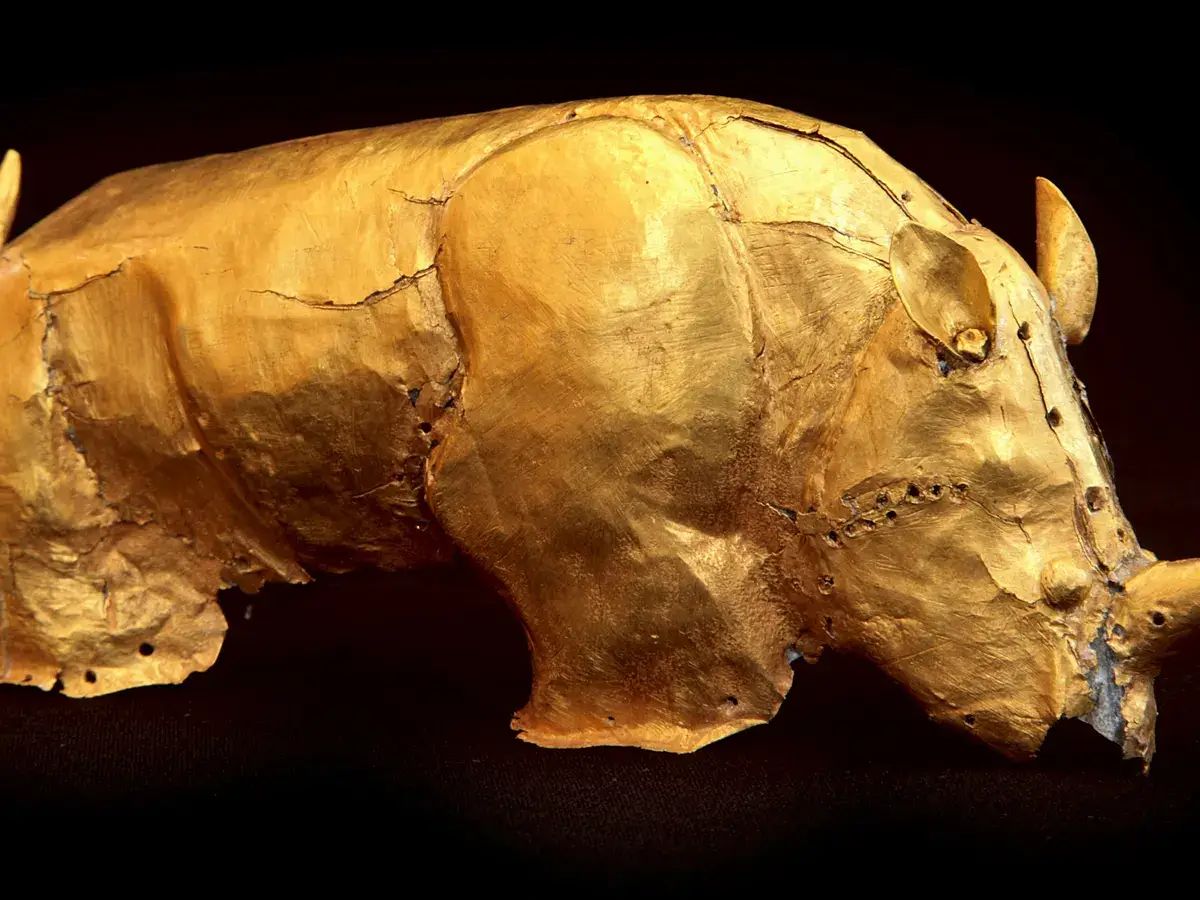- the economic activities of the people of Mapungubwe were diverse and contributed to the growth and prosperity of the kingdom.
- The people of Mapungubwe were engaged in a range of economic activities including:
- Agriculture: They practised agriculture and grew crops such as sorghum, millet, and beans. They also kept livestock, mainly cattle and goats.
- Hunting and gathering: The people of Mapungubwe also engaged in hunting and gathering wild fruits and vegetables for food.
- Mining: The region had rich mineral resources such as gold, copper, and iron. The people of Mapungubwe engaged in mining and traded these minerals with other tribes and early Europeans.
- Trade: The people of Mapungubwe were involved in domestic and international trade. They traded with other tribes and Europeans, exchanging goods such as ivory, animal skins, ostrich feathers, gold, and copper for foreign goods such as cloth and glass beads.
- Pottery making: Pottery making was an important economic activity, especially for women. They made pots for cooking and storage, which were also used for trade.
- Blacksmithing: The people of Mapungubwe were skilled in ironworking and made tools and weapons such as hoes, spears, and arrowheads.
- Tribute: The people of Mapungubwe paid tribute to their rulers, which was a way of showing allegiance and loyalty.
- Items that were exchanged by the people of Mapungubwe in return for foreign goods included:
- Gold
- Copper
- Ivory
- Animal skins
- Ostrich feathers
- Iron tools
- Glass beads



